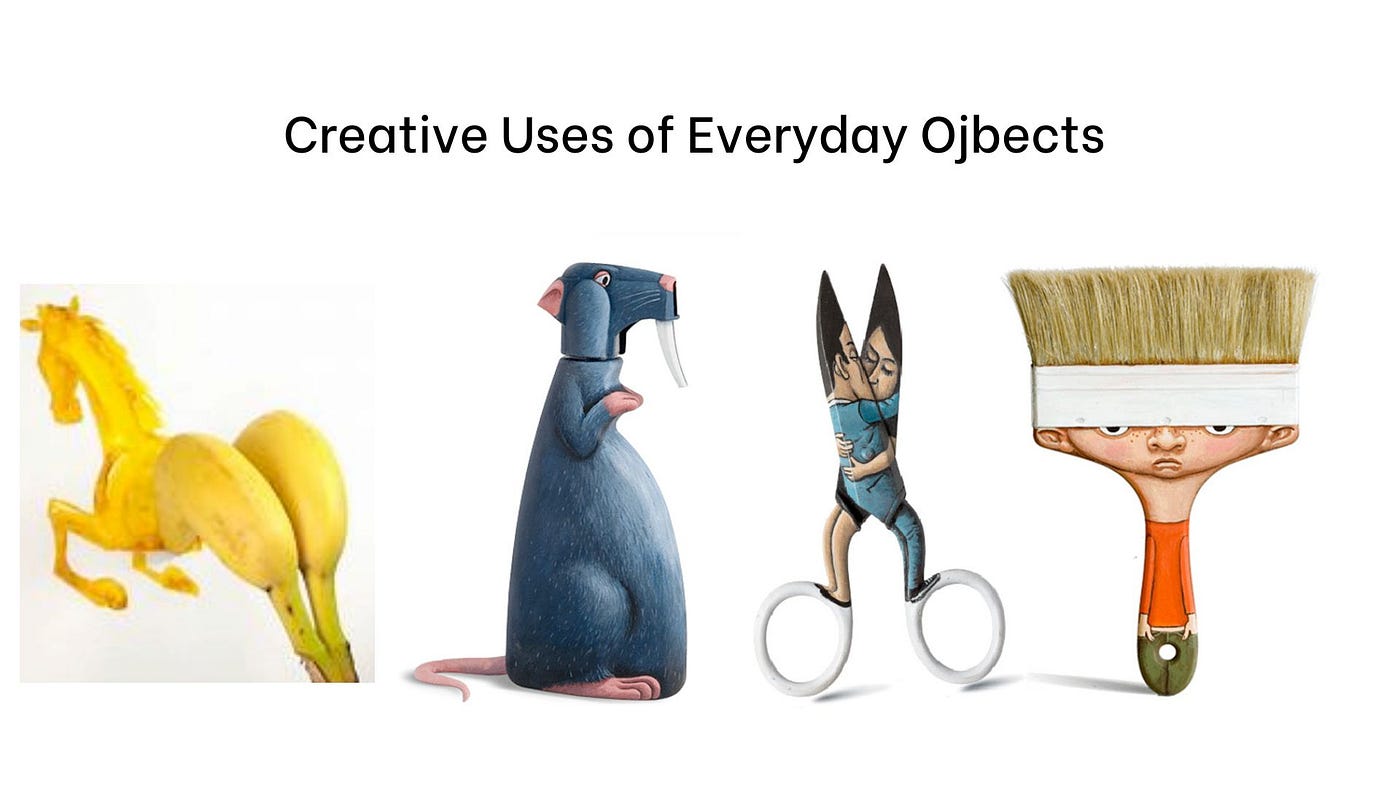Article by Heather Braun, Life Design Educator for Advanced Academic Programs, KSAS
I thought I knew what I wanted to be when I grew up. But then, eight months ago, I left my 15-year career as an English professor, the job security of tenure, and the city where I built a life with my family for a new role in a growing but less-defined field in a place I’d visited only once.
My “leap” to life design education was actually a series of small hops from one unknown to another. Now, I help students do this, showing them how to move gradually outside their comfort zones and encouraging them to take action before they feel completely ready. These kinds of experiments, I’m learning, can give them a stronger sense of purpose and belonging by expanding their sense of what is actually possible.
During Week 1 of the Alumni Life Design Experience (ALDE) at Johns Hopkins University*
Participants opened up about their reluctance to leave “the devil they knew” long after realizing their role was no longer right for them. The sunk-cost fallacy — sticking with a decision or course of action that no longer serves you because you’ve invested time and resources into it— can make us resistant to even the smallest changes in our lives, even though it’s often these small changes that trigger momentum and create bigger, more lasting change.
According to psychologist and author Adam Alter, “small bursts of action, even if they’re not themselves directly productive…are great unsticking mechanisms. Just the act of acting itself is one of the best unstickers.” So rather than perceiving a potential career change as a leap into the unknown, our group shared some mini-steps that might move us far enough outside our familiars to gain new perspectives of ourselves and our options.
Encourage Imagination
My colleague Michael Gonzales and I encouraged this diverse group of alumni to imagine — in as much detail as possible — three different lives they were curious about in some way. Because it’s crucial they did this with as little self-judgment as possible, we first had to help them get outside their knee-jerk perceptions by expanding the possibilities of everyday objects.

After a short activity involving the many possibile uses of the paperclip (e.g. slide trombone for a snail), they were primed to imagine Life #1: The Movie Star Life. Asking participants to sketch out their lives as a character in a film, we reminded them to consider as many details as possible, including aspects of their dashboard (Work, Health, Love, and Play); activities from their Flow Journals; and core values and reframed beliefs from Week 1. In our full group, with the help of upbeat music from our ALDE Spotify list, we moved together — and in fits and starts — into this brand new realm of what could be possible if we stepped out of our own way.
This wasn’t easy. One honest participant asked, “What if all I can imagine right now is going to a movie by myself?” I’m pretty sure there was an audible sigh of gratitude for this question on our Zoom call. As caregivers, it can often feel impossible to think about a life unbounded by the needs of those closest to us. Carving out space for ourselves and what we want and need can feel indulgent.
But every participant in this group made an admirable choice to give themselves time to focus and reflect on what mattered to them. Without this space, they would likely continue to struggle to take that first uncomfortable step alone into unknown territory. Drawing out three potential lives they were not yet living brought them back in control of these spaces of possibility as new opportunities began to emerge:

Before our next session
Participants completed the Near Alternative Life on their own without the time constraints and distractions of Zoom. When we came back together, we turned to the Life#3: the Wild Card Life. Having first imagined a life that felt glamorous and unknown as well as a Near Alternative version of our life — updated with improved aspects of work, play, love, or health that were out of synch — prepared this cohort to imagine what they might try if money and image were no longer keeping them from acting, if the realistic concerns that stood in our way each day were eliminated.
What many of them discovered is that there were parts of all three of these lives that surprised or excited them, things they wanted to try that initially seemed “wild” to them. One participant shared a connection they discovered in all three lives regarding a core value she hadn’t realized she was was even including.
This is what ALDE Week 2 was about
Moving past the limiting beliefs that prevent us from imagining lives we want to live. The biggest shift I noticed this week was a willingness to suspend self-doubt and skepticism, maybe even to express some hope that things could change, that we could still surprise ourselves. One small hop towards Week 3; one great leap for our cohort.

*Alumni Life Design Experience (ALDE) is a collaborative effort among Johns Hopkins Alumni Association/ Lifelong Learning, OneHop Mentoring, and the Imagine Center, led by Farouk Dey, Vice Provost of Integrative Learning and Life Design. Our team of experts (Heather Braun, Brian Davis, Michael Gonzales, Casey Miller, Janine Tucker) specializes in mentorship, development, alumni relations, and life design. ALDE’s mission is to connect Hopkins alum from around the world seeking to make personal and professional changes by giving them tools for getting unstuck and moving forward despite uncertainty.

